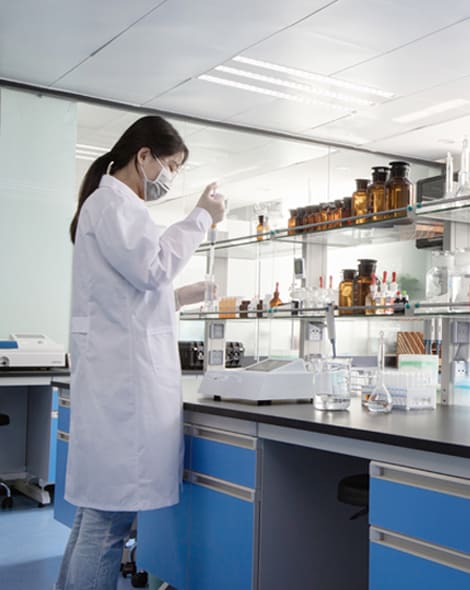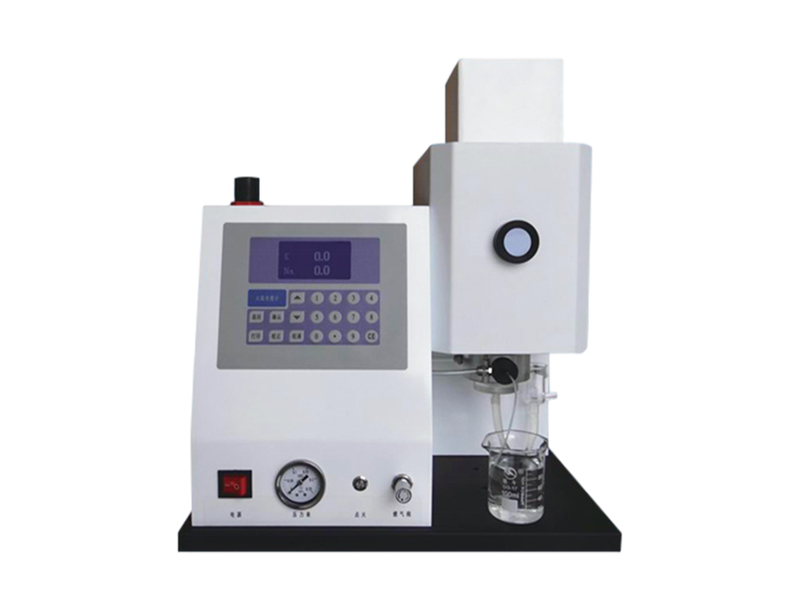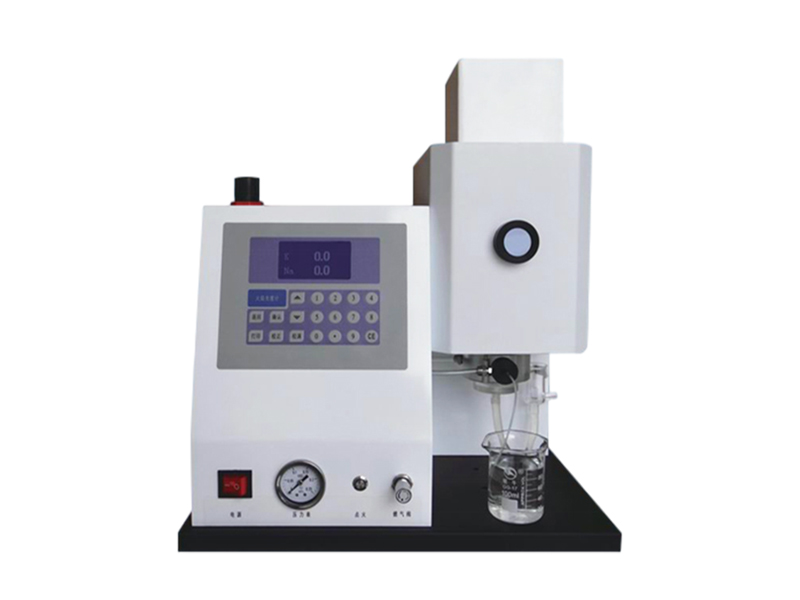The issue of pesticide residues has always been a focus of attention in the field of food safety. In order to accurately and quickly detect pesticide residues in agricultural products, gas chromatography plays an indispensable role as an efficient analytical tool. This article will introduce a gas chromatography configuration scheme suitable for quantitative analysis of pesticide residues to meet the daily needs of laboratories and testing institutions.

Instrument selection
When choosing a gas chromatograph, factors such as instrument performance, accuracy, stability, and ease of use need to be considered. It is recommended to use a gas chromatograph with high precision, sensitivity, and stability, and equip it with an automatic sampler and data processing system to improve analysis efficiency and accuracy.
Column selection for chromatography
The chromatographic column is the core component of gas chromatography, and its performance directly affects the accuracy and reliability of pesticide residue analysis. When selecting a chromatographic column, the complexity of the sample and the polarity, volatility, and other characteristics of pesticides should be fully considered. It is recommended to use chromatography columns with excellent separation performance, high selectivity, and high stability, such as silica gel columns, organic polymer columns, etc.
Detector configuration
The detector is another key component of gas chromatography, used to detect pesticide residues in samples. Common detectors include electron capture detectors (ECD), flame photometric detectors (FPD), and mass spectrometry detectors (MS). According to the requirements of pesticide residue analysis, suitable detectors can be selected for configuration. For simultaneous detection of multiple pesticide residues, it is recommended to use mass spectrometry detectors to improve the accuracy and sensitivity of the analysis.
Auxiliary equipment
In addition to the gas chromatograph itself, some auxiliary equipment such as sample pretreatment equipment, nitrogen generator, hydrogen generator, etc. need to be configured. These devices can ensure stability and reliability during sample processing and analysis, improving the accuracy and repeatability of analysis.
Software configuration
In order to meet the requirements of quantitative analysis of pesticide residues, it is necessary to configure corresponding data processing and analysis software. These software should have functions such as data collection, processing, analysis, and report generation, which can easily process and analyze pesticide residue data, improve analysis efficiency and accuracy.
Personnel training
After configuring the gas chromatograph and related equipment, it is necessary to provide training to the operators. The training content includes the operation, maintenance, troubleshooting of instruments, as well as the basic principles and methods of pesticide residue analysis. Through training, operators can proficiently master the usage skills of gas chromatographs, ensuring the accuracy and reliability of analysis results.
In summary, the configuration plan for quantitative analysis of pesticide residues in gas chromatography needs to consider multiple aspects such as instrument selection, chromatographic column selection, detector configuration, auxiliary equipment, software configuration, and personnel training. Through reasonable configuration and professional operation, gas chromatography can accurately and quickly detect pesticide residues in agricultural products, providing strong support for ensuring food safety.
Article address:http://www.labinstruments.net/solu/30.html







